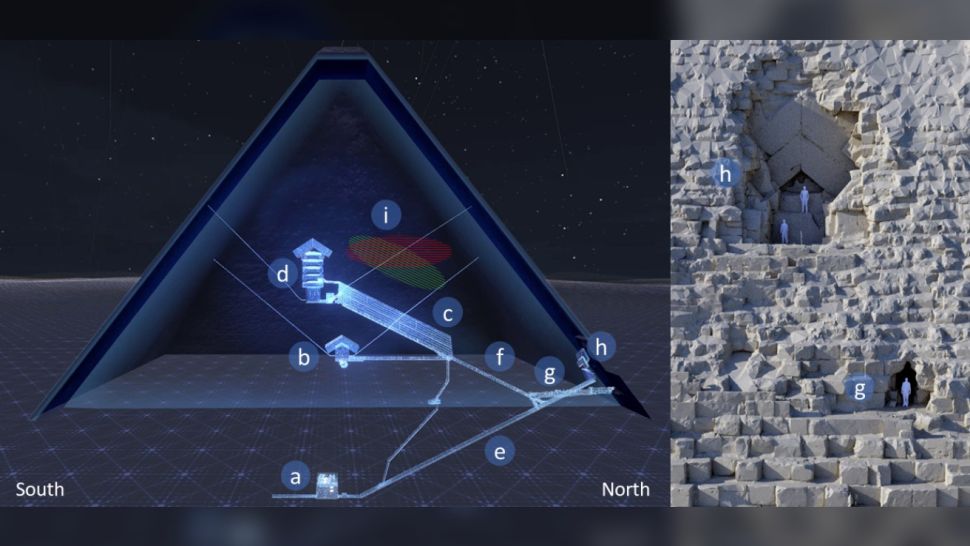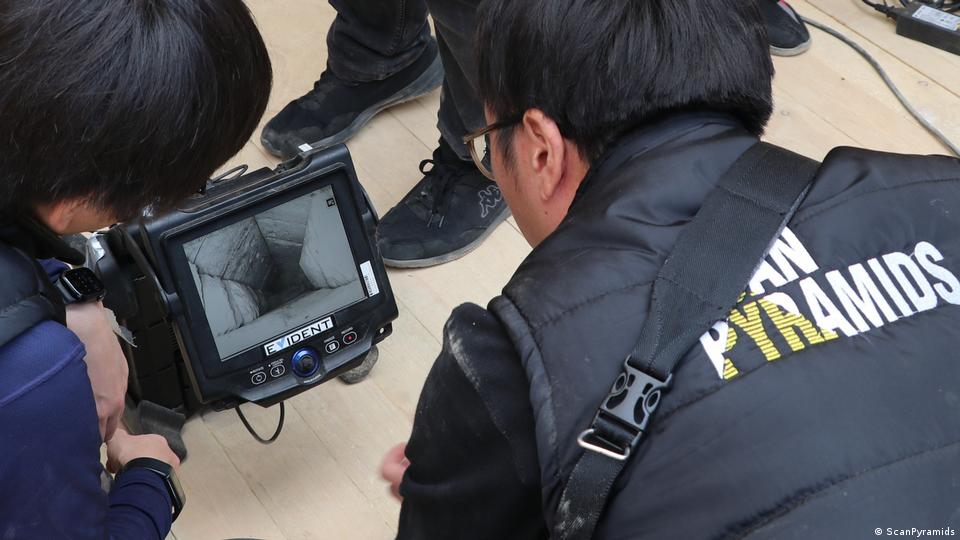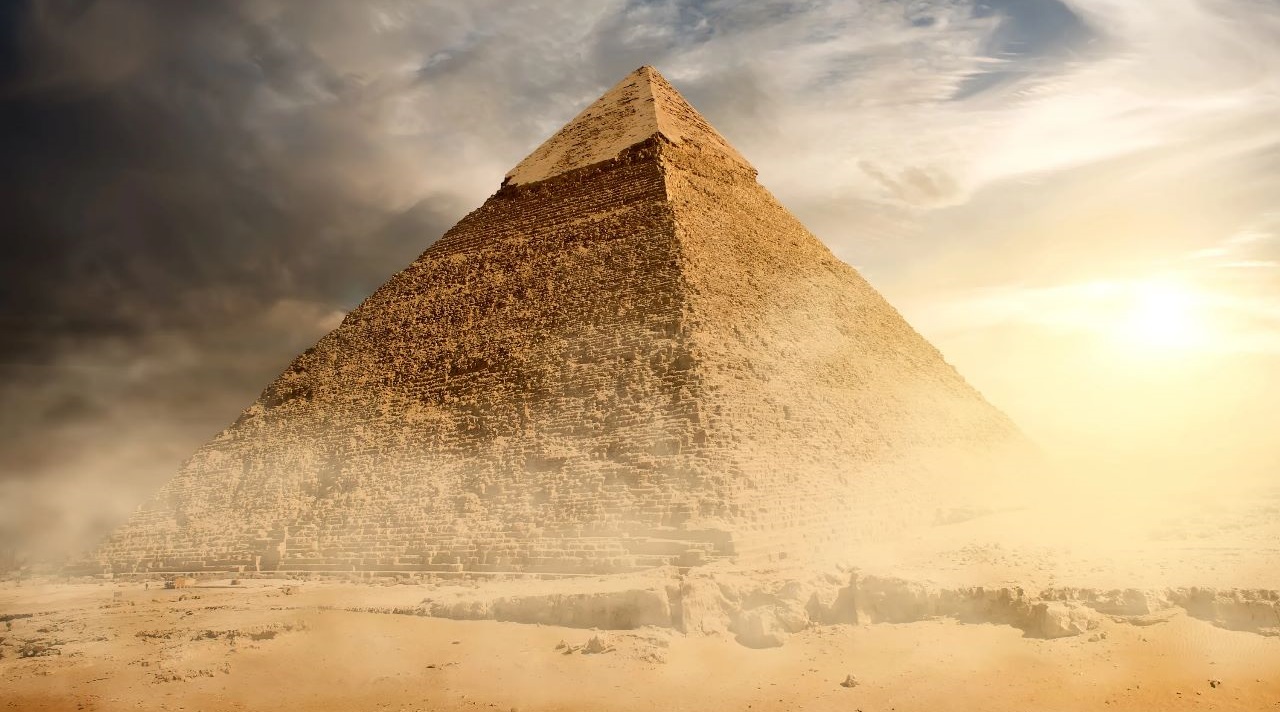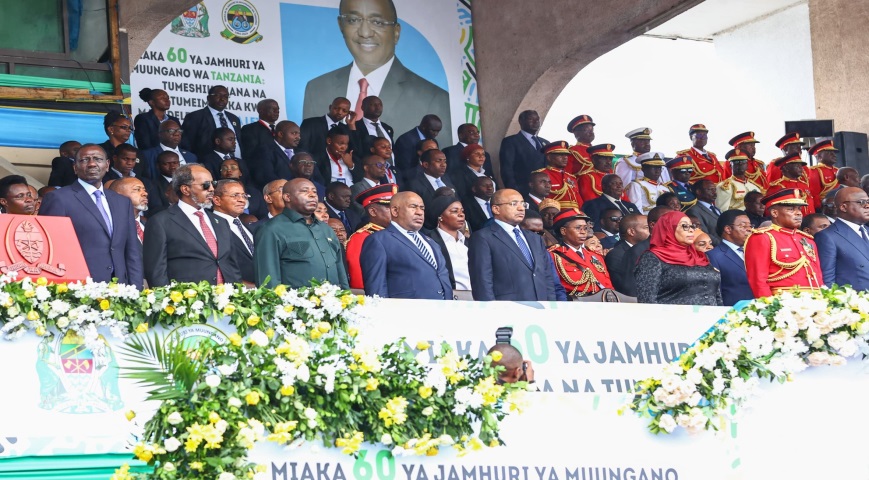The 4,500-year-old Pyramid of Khufu, better known as the Pyramid of Cheops or the Great Pyramid of Giza, was discovered to have a secret room, according to Egyptian antiquities authorities, who made the discovery public on Thursday.
The discovery, attributed to scientists from the ScanPyramids project, was announced by archaeologist Zahi Hawass and tourism minister Ahmed Eissa.
The ScanPyramids project, launched in 2015, uses various high-tech tools to investigate structures, including non-invasive infrared thermography, ultrasound, 3D models, and cosmic-ray radiography.

Researchers used that technique to unearth a closed-off passage above the pyramid's main entrance. The passageway is two meters (6.5 feet) wide and nine meters long (29.5 feet), but it is not accessible from outside the building.
Did you read this?
Scientists used a Japanese endoscope with a small (6 millimetres: 1/4 inch) diameter to feed through a crevice between stones after the discovery to obtain interior photographs.
Archaeologists claim that they must be made aware of the corridor's purpose. Leading ScanPyramids participant Christoph Grosse of the Technical University of Munich expressed his desire to unearth even more undiscovered secrets. "There are two enormous limestones at the end of the room, and now the question is what's behind those stones and underneath the chamber," he stated about the recently discovered passageway.

According to archaeologists, they are still determining the corridor's function.
Mostafa, the head of the Egyptian Supreme Council of Antiquities, Archaeologists claim that they are unaware of the corridor's purpose. Leading ScanPyramids participant Christoph Grosse of the Technical University of Munich expressed his desire to unearth even more undiscovered secrets. "There are two enormous limestones at the end of the room, and now the question is what's behind those stones and underneath the chamber," he stated about the recently discovered passageway.







